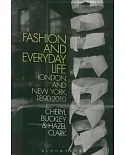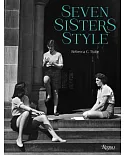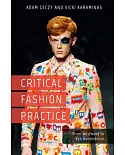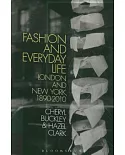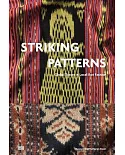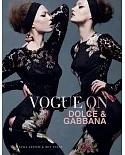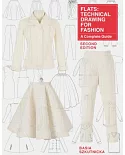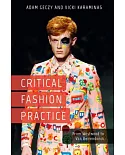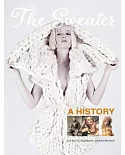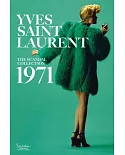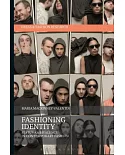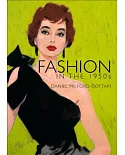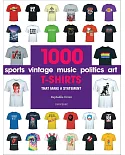Lantz offers this sociological perspective on trending in the fashion industry, primarily geared toward students and scholars of fashion. She draws on a cache of 95 interviews with people in
various roles in the fashion industry, largely in London and Stockholm but also some from the fashion centers of New York, Paris, Tokyo, and the emerging economies of the BRIC countries. She
introduces the book with an explanation of her interest in the topic and description of methodology. The main text starts off by describing trend forecasters, their industry role as "insurance"
providers, and their balancing act of providing counsel to designers without usurping creative credit. Next the role of journalists, stylists, and buyers in creating trends is explored. The
stark gender gap in frequency of style changes is interrogated, with many theories but few confident answers being found. Differences between mass market, mid market, and designer fashion are
exposed, showing different compromises in the contradictions between the mercuriality of trends vs consistency of brand and consumer demand vs artistic vision. Finally, the global-economic
perspective is covered, revealing that trends are "high risk", and observing different fashion behavior in markets with just-emerging middle classes that are both high-growth and non-Western,
particularly China. The final chapter recaps overarching themes of the study. Annotation ©2016 Ringgold, Inc., Portland, OR (protoview.com)



